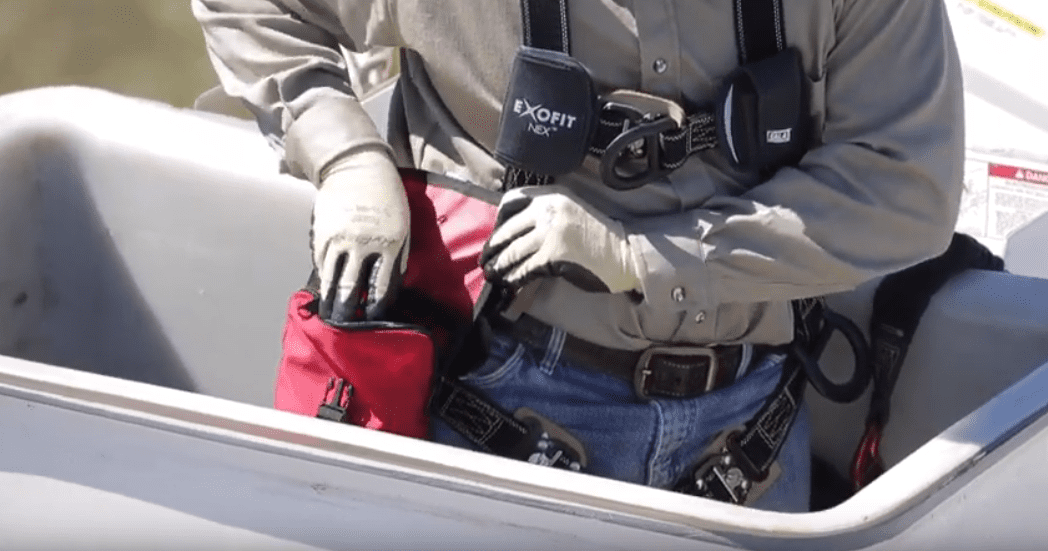
Bucket trucks have become an indispensable piece of heavy equipment. They are used frequently on jobsites that require working off the ground, such as forestry, construction, utility maintenance, etc. They provide a platform that can lift workers to appropriate heights. Though they’re safe when used properly, they do present a host of accident possibilities if safety precautions are not taken seriously when these pieces of equipment are in operation. In this article, we will present an overview of hazards associated with bucket truck operations, and how workers can help to avoid them by following these basic safety tips. These are simple tasks to help, but you still must consult with your safety director. Reliance on any information from this article is solely at your own risk.
DAILY INSPECTION
Before putting a bucket truck to work, a thorough visual inspection should be performed each and every day. Following a checklist, look for dents, cracks, breaks, leaks and damages in key areas that can possibly compromise the worthiness of the truck. For example, check tire inflation levels. Ensure there are no rips, bulges, or weakening treads. Look underneath the truck and inspect the boom apparatus for fluid leaks, etc. Make sure the welds and hydraulic functions are sound. Check that the lights are working fine, and there are no loose or missing parts. In case you find any anomaly during daily inspection, report immediately to your supervisor.
WORKSITE INSPECTION
Once the truck itself is clear, the next daily inspection has to happen where the equipment will be working that day. This safety tip involves checking the ground for bumps, potholes, slopes, debris – anything that can hamper stability. Always park the truck on stable ground. Next, check for possible overhead obstructions, such as electrical lines, before the vehicle parking the vehicle for operation.
Always remember to engage the emergency brakes and push chocks under the tires. Place cones around the work area as a signal that a bucket truck is working here. Know the minimum operating distance from power lines and take that into consideration before operating the boom.
FALL PROTECTION
Falling accidents are a constant concern at outdoor job sites, and special care has to be taken with any equipment with an aerial lift for the most obvious reasons. Whenever workers are stepping into or getting out of the bucket, it is important to maintain at least 3 points of contact: two feet and one hand or two hands and one feet. During rainy or snowy weather, the outside steps should not be wet enough to cause a worker to slip.
Never ever climb onto the edge of the bucket to increase your height or reach, or place something like a stepstool in the bucket to access hard-to-reach places. Wear personal protection gear like a body harness or restraining belt with a lanyard attached to the boom or basket. Keep in mind that personal fall protection gear has to be checked regularly to make sure they’re in good working order. Protection equipment that has actually been deployed once during a falling event should not be used a second time without a thorough inspection first to ensure it was not damaged.
TIP OVER PREVENTION
Tipping over is another safety hazard with heavy equipment that carry aerial parts. But by being methodical, you can neutralize the possibility of seriously injuries to workers or damage to the equipment. Make sure the outriggers are on stable, level ground. Never extend the boom outside safe working parameters. Do not move the truck while the bucket is raised. Also, don’t overload the bucket..
SAFETY TIPS AROUND ELECTRICITY
A smart way to stay safe from the possibility of electrocution is to treat power lines and other conductors as energized even if they are down. While the bucket itself may be insulated, the operator within can still be endangered by contact with a live electrical circuit. Insulated aerial platforms cannot protect the worker if there is phase-to-phase or phase-to-ground contact.

